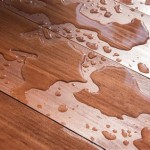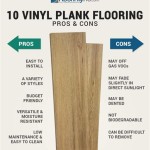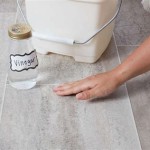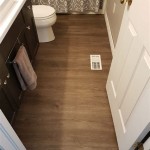Hardwood floors are a classic and timeless addition to any home, providing a luxurious look and feel. To maintain the beauty of the flooring, it is important to take care of it. This includes using a hardwood floor filler to patch any holes or gaps in the flooring. This article will provide an overview of what hardwood floor filler is, the different types available, and the steps to use it.
What Is Hardwood Floor Filler?
Hardwood floor filler is a material used to patch any holes or gaps in hardwood floors. It is designed to match the color and texture of the wood, ensuring a seamless repair. The filler is usually a paste-like or putty-like substance made of wood fibers and a bonding agent. It is applied to the flooring with a putty knife and can be sanded and stained to match the surrounding wood.
Types Of Hardwood Floor Filler
There are different types of hardwood floor fillers available depending on the size and severity of the hole or gap.
- Wood Filler: This is a paste-like material used for small holes and cracks. It is available in a variety of colors and can be sanded and stained to match the surrounding wood.
- Putty Filler: This is a putty-like material that is used for larger holes and gaps. It is available in a variety of colors and can be sanded and stained to match the surrounding wood.
- Epoxy Filler: This is a two-part epoxy that is used for large holes and gaps. It is available in a variety of colors and can be sanded and stained to match the surrounding wood.
Steps To Use Hardwood Floor Filler
Using hardwood floor filler is a relatively simple process. Here are the steps to follow:
- Clean the area around the hole or gap to ensure that the filler will adhere properly.
- Apply the filler with a putty knife and spread it evenly.
- Allow the filler to dry, then sand it down to ensure a smooth surface.
- Stain the filler to match the surrounding wood.
- Apply a sealant to the filler to protect it from moisture and wear.
How To Choose The Right Hardwood Floor Filler
When choosing a hardwood floor filler, it is important to consider the size and severity of the hole or gap. For small holes and cracks, wood filler is a good option. For larger holes and gaps, putty filler or epoxy filler may be more suitable. It is also important to consider the color of the wood and make sure to match it with the filler.
Conclusion
Hardwood floor filler is an essential tool for maintaining the beauty of hardwood floors. It is important to choose the right type of filler for the size and severity of the hole or gap. It is also important to match the color of the filler with the surrounding wood. With the right materials and steps, hardwood floor filler can help patch any holes or gaps, ensuring a seamless repair.














Related Posts








